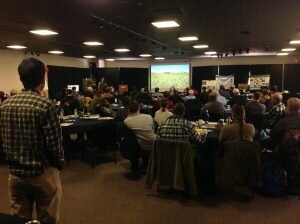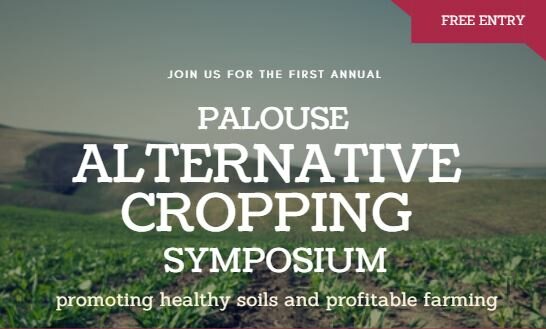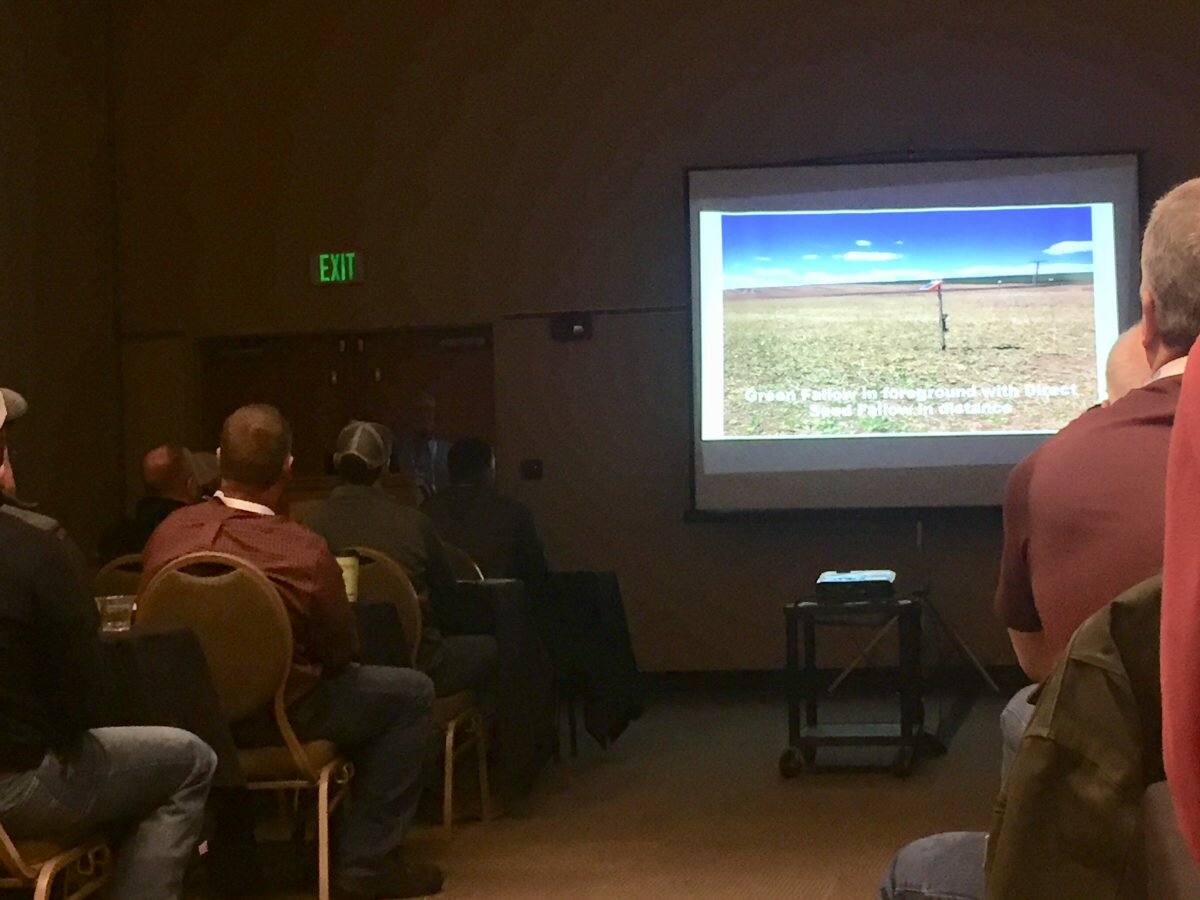Five state-wide soil health projects funded by the Washington State Soil Health Committee (“SHC”) in 2016 have achieved excellent results. In late fall of 2015, the Washington State Soil Health Committee awarded grants to four organizations to conduct soil health field trials across the state. By September 1, 2016, reports were in for all projects, with initial evidence of positive findings.
These projects explored soil health issues in diverse geographic areas, from the forests of the Nisqually River watershed to small farms in San Juan County, from a vineyard and orchard in Klickitat and Skamania counties to dryland farming in the Columbia Plateau, as well as pasture lands across the state. New strategies for improving soil health were tested, documented, and are now being published and shared with farmers, ranchers, and resource conservationists.
Preliminary results in San Juan County show that biochar, when added to crop soils, significantly increases total carbon content as well as enhancing soil nutrient and moisture retention. When the crops are harvested in the spring of 2017, all indications are that there will be a significant overall improvement in plant productivity.
In Klickitat and Skamania counties, soil health has been significantly enhanced by adding a thin layer of compost to orchard and vineyard soils along with a cover crop to a degraded pasture. These soils have been tested using the Haney soil heath score and are measurably improved by the addition of compost. The recovery of soils in the degraded pastureland has been remarkable to date and will be monitored and tested in the spring of 2017.
In the Nisqually River watershed, forest soil health has been found to benefit in many ways from longer rotations and attention to conservation of topsoil. The Nisqually Community Forest will serve as a statewide model for forest management, with increased focus on the importance of managing forest soils through best management practices.
Finally, Foster Creek Conservation District developed a draft strategic plan and purchased equipment to instigate a long-term Soil Testing and Monitoring program within the Douglas County region. This new program commences in spring 2017 and will assess changes in the soil for participants in FCCD’s Direct Seed program. Two soil health workshops were held for local producers – one in June (in collaboration with Okanogan Conservation District), focused on cover crops and direct seed, the second in November targeting crop rotation. A copy of the Symphony of the Soil Educational DVD Collection was also purchased, and is available for loan to Douglas County producers.
To achieve these excellent results, the SHC worked in partnership with soil scientists and other experts from WSU, UW School of Environmental Sciences, NRCS, Nisqually River Council, Nisqually Land Trust, Nisqually Tribe, Northwest Natural Resource Group, Microbial Matrix Systems, Inc., Domain Pouillon Vineyard, Dirt Hugger, Forage, DOE, as well as the four projects managers, the Foster Creek Conservation District, the San Juan Islands Conservation District, the Underwood Conservation District, and the Washington Environmental Council. The SHC is funded through a partnership agreement between the Washington State Conservation Commission and NRCS.








